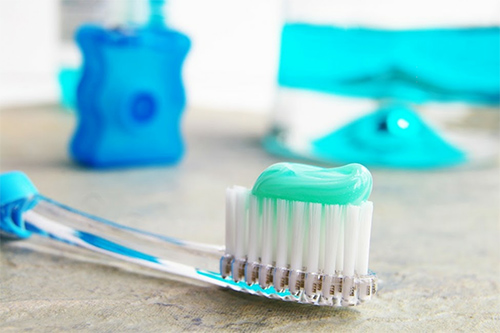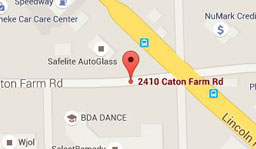What You Should Know About Tooth Brushing
 Tooth brushing has become such a routine practice that many people don’t give much thought to how they approach this task or even why it plays such a critical role in their dental well-being. Unfortunately, erratic brushing habits, incorrect techniques, ora wrong choice of toothbrush can limit the benefits you get from brushing.
Tooth brushing has become such a routine practice that many people don’t give much thought to how they approach this task or even why it plays such a critical role in their dental well-being. Unfortunately, erratic brushing habits, incorrect techniques, ora wrong choice of toothbrush can limit the benefits you get from brushing.
Like so many other endeavors, home dental care requires the right mix of knowledge, care, and equipment for optimal results. Check out these essential points about tooth brushing.
How and Why You Should Schedule Daily Tooth Brushing Sessions
Brushing your teeth does more than simply extract particles of food. Careful brushing with toothpaste also removes the biofilm that accumulates on enamel surfaces. This biofilm, also known as plaque, attracts bacteria, which in turn can cause serious gum inflammation and infection.
Plaque permitted to remain on teeth hardens into a rough material called tartar. Tartar won’t respond to your best tooth brushing efforts; instead, it requires professional removal at the dentist’s office. The daily removal of plaque can reduce tartar creation and buildup, making dental cleanings quicker and easier.
Unfortunately, a quick pass over the teeth won’t do much to remove plaque. The AmericanDentalAssociation advises people to brush at least twice a day, with each tooth brushing session lasting at least two minutes. Devoteequaltimeto the inner, outer, and chewing surfaces of all four quadrants of your mouth.
Some members of your family (notably children) may not gauge their tooth brushing time accurately or remember to put two full minutes into their sessions. You can help these individuals maintain accountability by setting a timer or playing a song with a two-minute(or longer) running time.
Additionally, don’t brush your teeth immediately after consuming acidic foods or beverages. The brushing action could help to etch the remaining acids into your tooth enamel. Instead,allow at least 30 minutes for your saliva to dilute the acids before you brush.
How to Use a Traditional Toothbrush Correctly
If you use a traditional, non-powered toothbrush, choose the best type of brush for your specific needs. Soft bristles usually make the wisest choice for most people, since firmer bristles may cause gum discomfort and enamel sensitivity. A brush with along and/or angled head will do a better job of reaching the rear molars.
Also, scrubbing your teeth aggressively will only harm your teeth and gums. Hold the brush lightly and brush gently. According to Healthline, you should place the head of the brush at a 45-degree angle to the gum line, and brush in tiny strokes before sweeping the brush away from the gums.
How to Select and Use an Electric Toothbrush
While handheld toothbrushes can do a perfectly adequate job of cleaning your teeth, electric toothbrushes may be able to achieve even better results. However, you must still choose the right kind of brush for your needs and operate that brush correctly.
Some electric toothbrushes use a rotating head, while others vibrate at a high rate of speed to dislodge plaque. (Some models even combine these features.) Whichever method your brush uses, let that motion do the work for you. Don’t scrub with the brush or press the head against the teeth too firmly.
If you worry that you might brush too aggressively, look for an electric toothbrush that includes a pressure sensor. These models beep, buzz, or slow down their rate of rotation when they detect excessive pressure on the tooth enamel.
How to Enhance the Benefits of Brushing
Brushing can greatly improve your dental wellness, but you can make it even more effective by enhancing its effects with other dental hygiene practices. Flossing makes an especially important complement to brushing for its ability to remove food and plaque from spaces too tight for bristles to reach.
Your dentist may also recommend that you use mouthwash or a similar dental rinse. Prescription products typically contain chlorhexidine gluconate, an antiseptic that kills the bacteria that creates gum inflammation. Mouthwashes may also contain fluoride and other ingredients aimed at protecting the strength of tooth enamel.
Crest Hill Family Dental can help you improve your tooth brushing and general dental health. Contact us to schedule an appointment.

